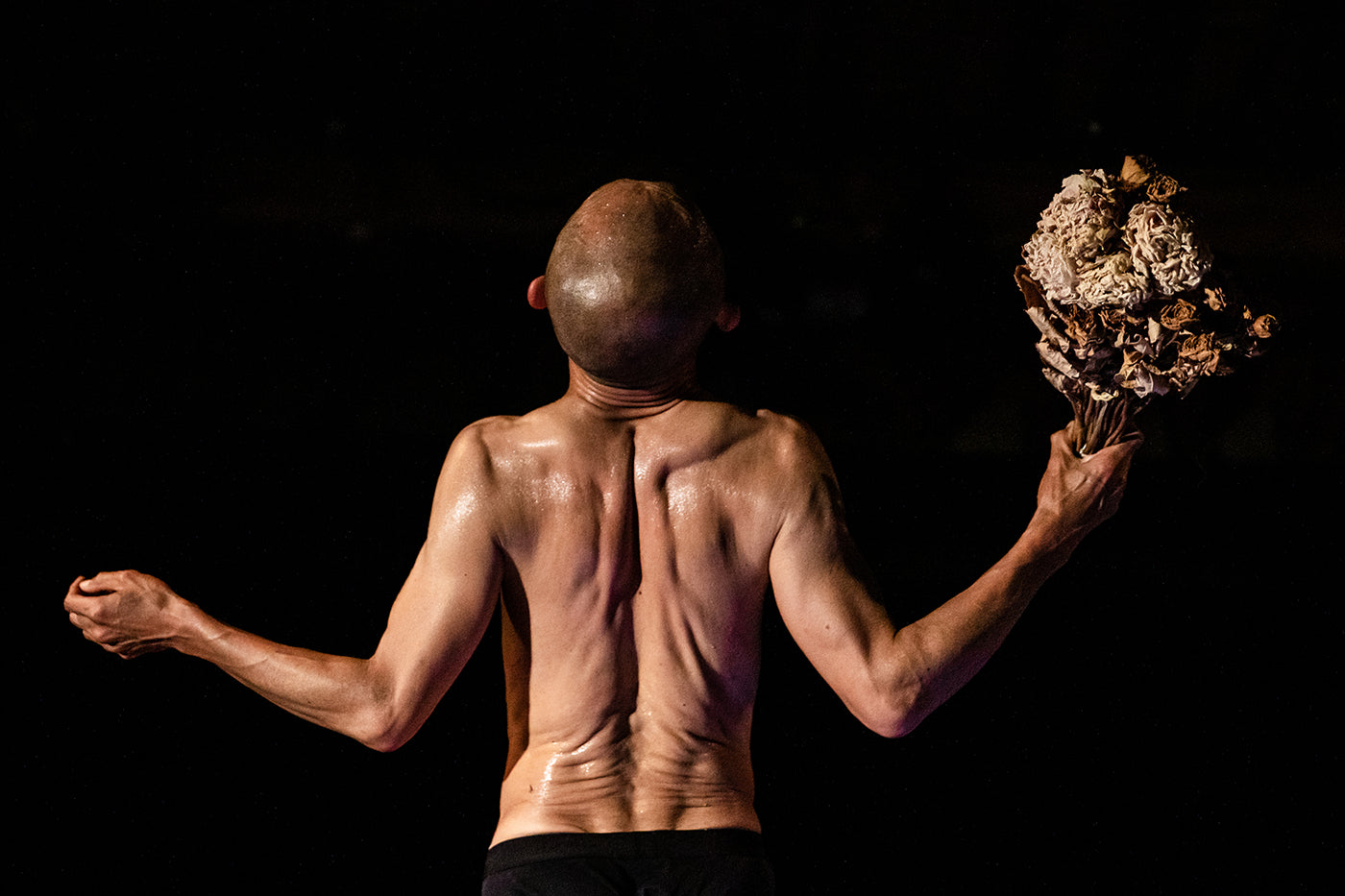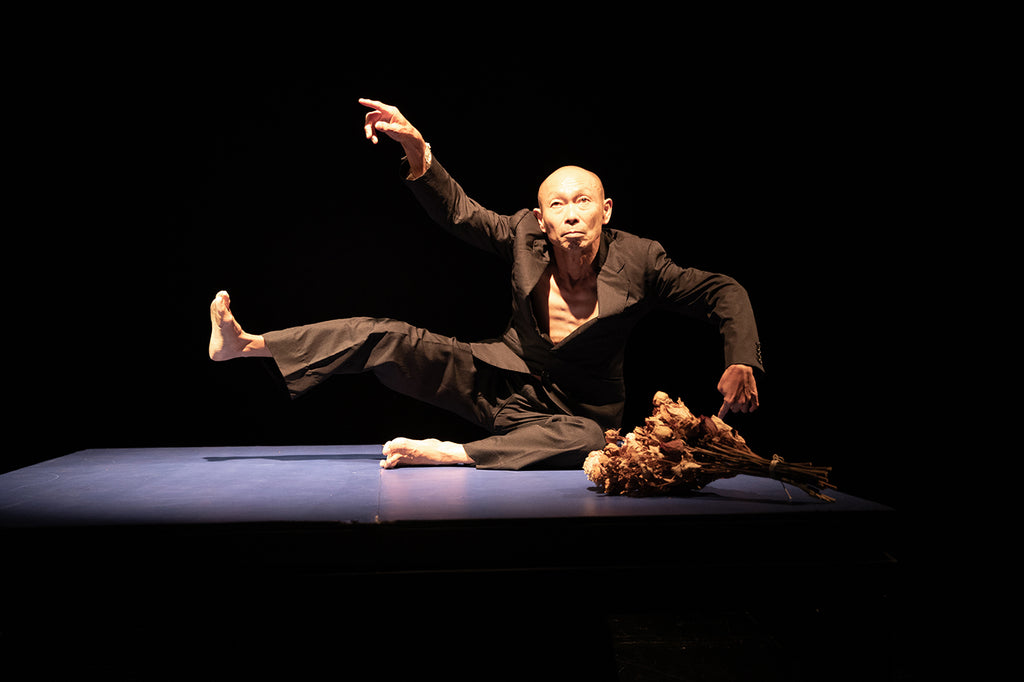Dreamscape
The surge protectors needed replacement after the Hofesh Shechter Company’s concluded four nights performing “Theatre of Dreams” at the Powerhouse: International festival in Gowanus, Brooklyn.
Continua a leggere
World-class review of ballet and dance.
A shape-shifter nonpareil, the single-named performer, Oguri, never fails to flabbergast, bemuse and inspire awe in mere mortals who have been making up his Southern California audiences for some thirty-three years. His latest piece, “dance comes out of time,” a 45-minute solo performed to the live, albeit offstage, music of Paul Chavez, himself a three-decade collaborator with the dancer, was presented at the Electric Lodge last weekend as part of the ongoing series, “Flower of the Season.”
Performance
Place
Words



“Uncommonly intelligent, substantial coverage.”
Your weekly source for world-class dance reviews, interviews, articles, and more.
Already a paid subscriber? Login

The surge protectors needed replacement after the Hofesh Shechter Company’s concluded four nights performing “Theatre of Dreams” at the Powerhouse: International festival in Gowanus, Brooklyn.
Continua a leggereIn the 1996 comedy Multiplicity, Michael Keaton plays a man who decides to clone himself several times over in order to meet the demands of work and family. Chaos ensues. On November 14, San Francisco Opera premiered “The Monkey King” by Huang Ruo and David Henry Hwang. While the narrative features chaos, the line drawn between the 30-year-old film and this new opera is that the titular Monkey King is played by three performers; or one singer, one dancer, and a puppet; or, six performers total, because the puppet Monkey King requires three puppeteers. The Monkey King is an agent...
Continua a leggereIf classical ballet training—from Vaganova to Cecchetti—idealises effortlessness, silence, and a body almost freed from its own weight, modern dance insists on the opposite: the blunt truth that we are made of flesh and bone, and that this matter can itself become an instrument of power.
Continua a leggereTides and the gravitational pull of the moon informed the latest work of Denison University of Ohio dance faculty members Marion Ramirez and Ojeya Cruz Banks.
Continua a leggere
comments